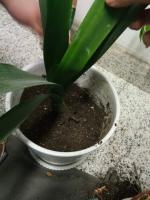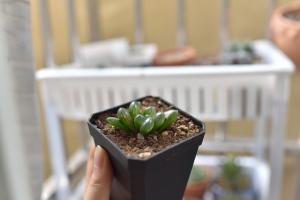How Should You Water Tomato Plants
Tomatoes are a popular crop in vegetable gardens and are loved for their juicy and sweet taste. Watering tomato plants is a critical factor in ensuring they grow healthy and produce a good harvest. However, improper watering can also harm the plant, leading to disease or death. Here are some essential tips on how to water tomato plants properly:
1. Water Deeply, But Infrequently
Tomato plants require consistent and uniform watering to ensure steady growth, but overwatering can cause root rot, which is fatal to the plant. To avoid overwatering, water the plant deeply but infrequently. At least one inch of water per week is recommended, either from rainfall or irrigation. It is best to water once or twice a week, depending on the weather conditions and the moisture level of the soil.
2. Water at the Base of the Plant
Watering tomato plants from overhead can cause the water to splash on the leaves and fruits, leading to fungal diseases or sunscald. Therefore, it is best to water the plants at the base, directly onto the soil, to ensure the water reaches the roots. This will help the plant absorb nutrients and moisture efficiently, resulting in a robust growth and good yields.
3. Use Soaker Hoses or Drip Irrigation
Soaker hoses or drip irrigation systems are an excellent way to water tomato plants, as they deliver water directly to the root zone while minimizing runoff and waste. Soaker hoses are made of porous material that allows water to seep out gradually, while drip irrigation uses emitters to release water at a slow and steady rate. Both methods conserve water while ensuring the plants receive the necessary hydration.
4. Avoid Watering in the Heat of the Day
Watering in the heat of the day is not recommended, as the water can evaporate quickly before it reaches the roots. This can also cause the leaves to burn or scorch, especially if the water droplets act as magnifying lenses in direct sunlight. The best time to water tomato plants is in the early morning or evening, when the temperatures are cooler, and the water can penetrate the soil efficiently.
5. Mulch to Retain Moisture
Mulching around tomato plants helps to retain moisture in the soil, reduce weed growth, and regulate the soil temperature. Mulch also helps to prevent water from evaporating too quickly, keeping the root zone moist and cool. Use organic mulch, such as straw, leaves, or grass clippings, to a thickness of 2-3 inches around the base of the plant. Avoid crowding the stem or trunk, as this can cause stem rot or suffocation.
Conclusion
Knowing how to water tomato plants properly can make a significant difference in their growth and productivity. Remember to water deeply but infrequently, water at the base of the plant, use soaker hoses or drip irrigation, avoid watering in the heat of the day, and mulch to retain moisture. By following these simple and practical tips, you can enjoy a bountiful crop of delicious and healthy tomatoes!

 how many times do yo...
how many times do yo... how many planted tre...
how many planted tre... how many pine trees ...
how many pine trees ... how many pecan trees...
how many pecan trees... how many plants comp...
how many plants comp... how many plants can ...
how many plants can ... how many plants and ...
how many plants and ... how many pepper plan...
how many pepper plan...





























